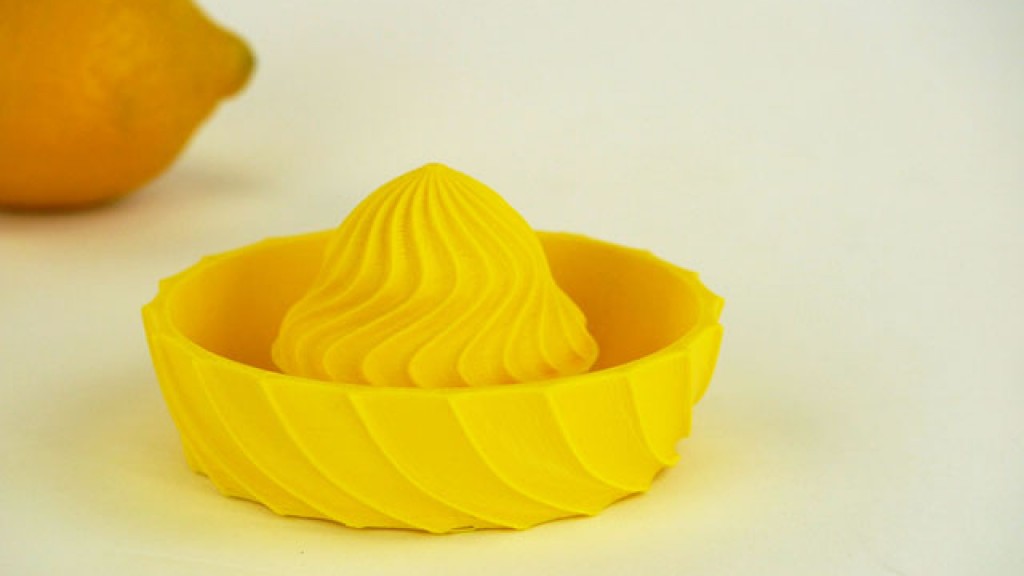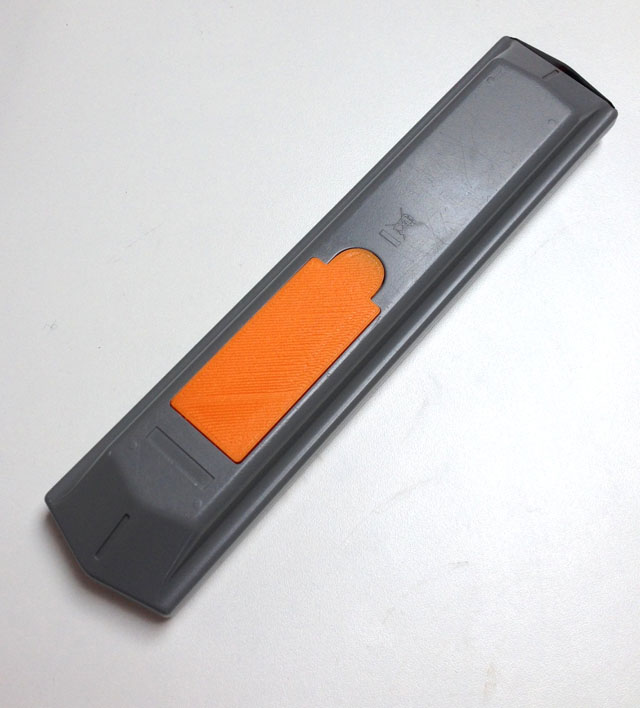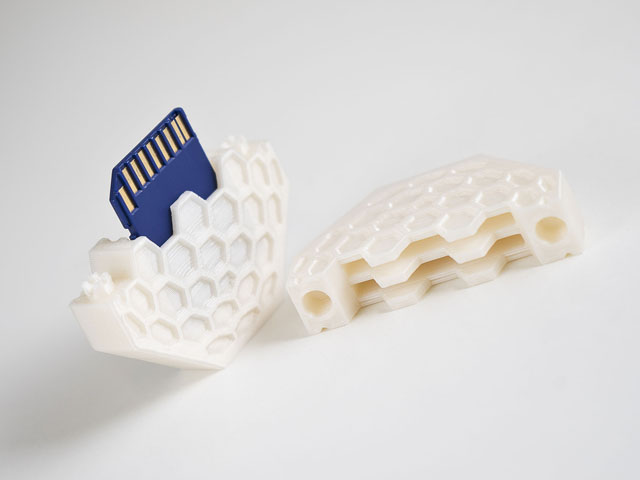
Clare Cunningham is co-founder and Creative Director at Faberdashery. Clare studied Eco Design at Goldsmiths College and has worked freelance on projects ranging from Green Mapping and public art commissioning to sustainable products and promotional design. In 2011 Clare co-founded Faberdashery; a company specialising in producing beautiful, British-made, 3D printing materials. Faberdashery are industry leaders in the production of PLA (bio-plastic) 3D printing filament. Clare is fuelled by Earl Grey tea, a love of making and the conviction that 3D printing is a world changing technology. Follow @iamclarec. Here she explores how the 3D printing movement will encourage more circular ‘stuff’.
3D Printing is transforming the way we make things. From fashion to food, medicine to museums we’re witnessing a revolution in manufacturing. It is, however, not just changing the way we make products, but also our relationship with them. As 3D printing closes the gap between manufacturer and consumer a shift in mindset is taking place. Now the consumer is becoming the manufacturer, re-establishing our relationship with the objects that surround us and re-engaging us with issues of waste and consumption. This change in dynamics is the ideal catalyst for the Circular Economy.
Until very recently manufacturing a product at home has been difficult to imagine. To get the sort of finish we are used to seeing in commercial products you would have to use industrial mass-production technology. The ‘toaster project’ by designer Thomas Thwaites is a great example of this. The ‘toaster project’ was an experiment in what is takes for one person to build a toaster from scratch. The result was a fantastic, thought-provoking piece; but certainly not the kind of object you would want to surround yourself with. 3D printing provides us with a way of making industrial quality products right in our homes. Suddenly we can have a factory in our bedroom! A 3D printer works by translating a digital file into a physical object through an additive manufacturing process. A print head moves around the build plate depositing material layer by layer to ‘build’ the object. This process allows for manufacturing with incredible accuracy. The technology is constantly being improved upon and the list of materials we can 3D print with is growing rapidly.
3D printing is not just a manufacturing process however. It is a movement. It is a movement defined by a culture of sharing. Desktop 3D printing began in 2005 with the RepRap project. This was started at the University of Bath by Dr Adrian Bowyer. His vision was for an open source, self replicating machine that could be built from off the shelf consumer electronics and parts. Once a machine was built, it would be able to manufacture the parts to make another machine. Desktop 3D printing therefore has come from a totally different mindset to the locked down, closed-source, one we are used to within modern technology. All the design files for the machines were (and still are) open-source meaning anyone can share them. Users are actively encouraged to modify and improve upon these designs creating a continuos evolution of the hardware. Very quickly the technology was embraced by the Maker movement; an informal network of people dedicated to opening up technology, making their own products, sharing designs, bypassing big manufacturers and disrupting the accepted parameters of tech. There is a phrase in the Maker community: ‘If you can’t open it, you don’t own it’. Opening, owning and sharing technology is the first step to creating products that truly have a circular lifecycle.
 Credit Faberdashery Ltd
Credit Faberdashery Ltd
3D printing re-engages people with product development, manufacture and lifecycle. The excitement of a new object comes not from its purchase, but from being able to design or download it and see it manufactured within hours. The 3D printing community willingly share their designs and allow others to modify and improve upon them. Designs are shared online as digital files. A product designed on one side of the world can be printed out on the other side of the world without that physical product travelling any distance. Free design software means that more and more people are able to get involved in the design process of objects. With the increase in co-creation tools soon anyone will be able to adjust and customise 3D designs.
Design for self-assembly is now more possible than ever. With access to the means to produce accurate, finished pieces in our homes we can have products that we build ourselves. Products can be designed for easy and swift assembly with each component replaceable either through 3D printing or bespoke replacement parts. Designing for assembly means also that products can be easily disassembled. We can re-claim the components that have gone into making our products and either re-cycle or re-purpose them. We can customise products ourselves, not simply though colour or material choice, but by actually altering the design of the product before it’s even made. You can even specify the amount of material used to make a product. 3D printed objects can be lighter because 3D printing allows you to specify the density of the product. Economy of materials can also be achieved through the replacement of components such as screws with snap fittings. This kind of control means we no longer have to put up with manufacturer-led design flaws that lead to the scrapping of products. We can design out designed-in obsolescence. We can increase the lifespan of products. We can subvert products. We can really own them.
The rise of the Maker movement and the success of companies such as Adafruit, Arduino and Raspberry Pi show that people want to be a part of the making process. There is a new type of end-user emerging. One that is not satisfied with simply buying a product, but who wants to be involved in its creation and it’s end of life. The question is whether large manufacturers will engage with this new generation of consumers. 3D printing is a genie that is not going back in the bottle. The technology presents a great opportunity for brands to show their willingness to adapt and innovate. Whether they do or not, the makers are going to carry on making with or without them.
All images credit Faberdashery Ltd






